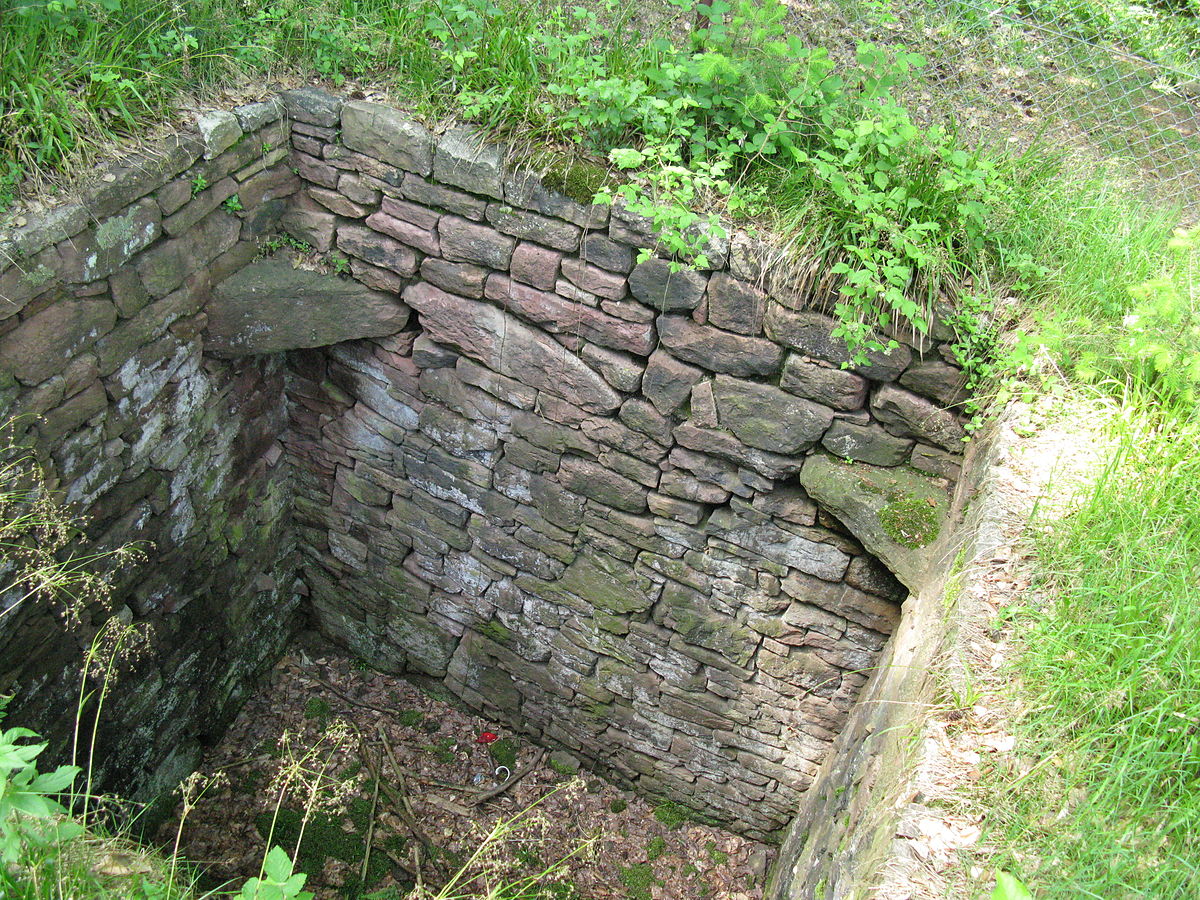So I want to help you dear reader to understand them a bit more. For the Referee, this series will help you logically place them and hopefully, understand how to scale a trap to the party's level, strengths, and weaknesses.
For the player, this will hopefully aide you in thinking creatively when adventuring, to help you think of new ways to circumvent them or at least, increase your likely hood of survival. Of course, please temper this meta knowledge with your character's knowledge and experiences. I mean, "Tim the farmhand" is not likely to know about pressure plates and sensors, whereas "Lan, the likely, daring cutpurse and scourge of the city guard" may know about traps and their mechanisms.
Is it a trap, or a hazard? If it was placed deliberately by vaguely intelligent design, it is a trap. If it is a static, or naturally occurring danger, it is a hazard.
EX: 1.A sabotaged walkway leading across a bog is a trap, the bog itself is a hazard. 2. A barricade once interacted with that unleashes an avalanche is a trap. A randomly occurring, caused by natural events avalanche is a hazard.
Beyond the Dungeon Master's Guide, traps can be separated into 4 simple groups.
1. Primitive
2. Engineered
3. Magical
4. Complex, or compound
This post will focus on the first type:
1. Primitive, or simple: These are your pit traps, dart traps, snares, prepared cave-ins, swinging blades, buckets over cracked doors and the like.Many of these are modified from the purpose of hunting game. This category does not require advanced engineering, or a good understanding of magic or science to create. Many of these are what savage humanoids, bandits, and peasants place. Some of them can be seen in ancient temples, ruins and underground as well. These are the devices that many a level 1 has cut their teeth upon and these can and will kill them with ease.
This category is seldom lethal for mid to high level parties and serve to slow down, hamper, and annoy them. Think about placing these for high level when a party has begun to rely on magic too heavily.
Ex: The humble pit trap:
Dc 10 for pc to spot, once stepped on, pc gets applicable save or fall 20' to a packed dirt bottom.
This trap is deadly for thieves and magic users, and dangerous for warriors and priests at 1st level. It is deadly for thieves and magic users at level 2, and a hindrance to level 2 warriors and priests.
Damage: generally, 1d6 per 10' fallen is the norm. Dungeon Crawl Classics adds the insult of broken bones to falling damage.

https://upload.wikimedia.org/wikipedia/commons/thumb/4/4e/Wolfsgrube.JPG/1200px-Wolfsgrube.JPG
Pit traps are usually disguised as being ordinary ground outside. A net, or screen is placed over the pit, and dirt and then grass are placed over that. Once a heavy load, usually 20 lbs or over steps on it, the victim falls in and (hopefully) can not get out. Things get more creative in the dungeon and pressure plates can activate and reveal them, this makes them fall into the engineered category. The simple version might have a brittle wood painted to match the floor, or have thin slate sheets dragged over the opening.
Here is a list of some ideas to spice up this humble trap:
Roll 1d10:
1. Spikes (+3 to hit, usually 1d4 damage. Add poison appropriate to your game for more fun!)
2.Broken Glass (1d3 damage, acts as caltrops)
3. Deep water (Drowning)
4. Acid
5. Lava
6. Undead
7. pressure plate summons a monster
8. monsters come out of hiding and toss/ shoot weapons inside
9. every 1d3 turns, motorized blades sever any cords dropped down.
10. A column equal in width to the pit descends from the ceiling. Pc has so many turns to escape before pancake time. (If you are generous, conceal a secret passage down there for them to hopefully find in time.)
Player advice: When you encounter one of these bad boys, rest assured, there are probably more! Here are some tips:
*Tie rope to everyone in the party, around the waist. that way everyone else can act as an anchor.
*Carry a 10' pole or quarter staff to prod suspicious floors.
*Everyone should carry a length or rope. At least one person, a hammer and pitons.
*Torches don't shatter when dropped, they just go out.
* You can totally push opponents into revealed traps. Cast grease on the perimeter for more excitement.
*Pay attention to surroundings, note anything suspicous or out of place regarding the ground or floor.
*Pits can be constructed in the road to trap wagons and horses, don't get too comfy!
Hopefully this post has given you some tips on placing, constructing and utilizing pits! I'll continue this series at another time with a focus on mechanical traps!